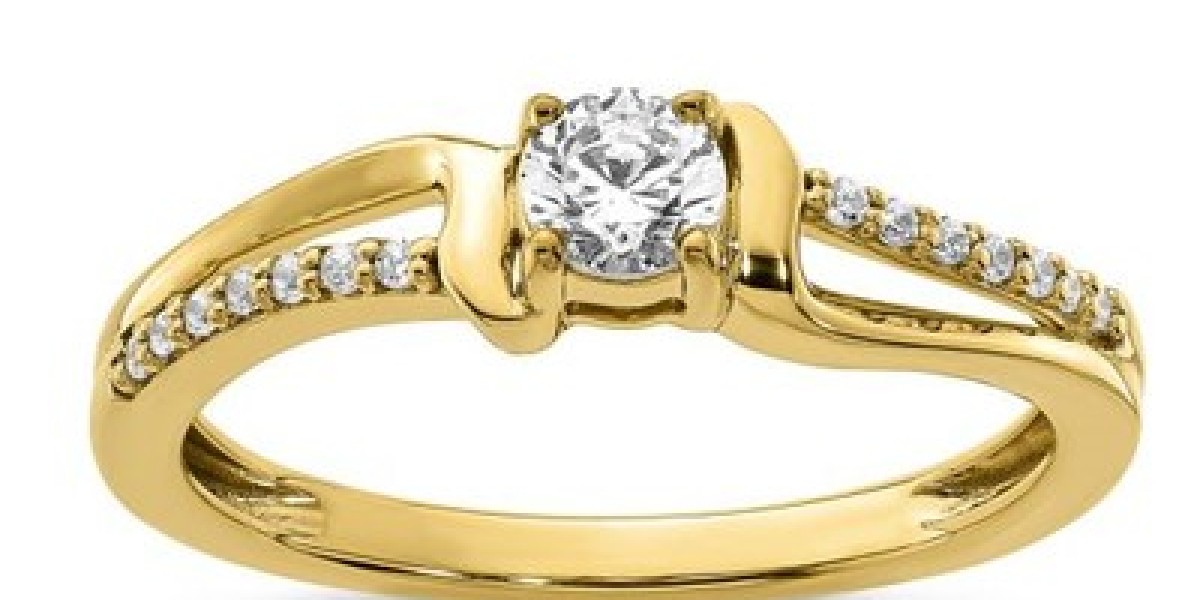Introduction:
In recent years, lab-grown diamonds have emerged as a popular alternative to traditional mined diamonds, offering consumers a sustainable, ethical, and often more affordable option. However, there are still many misconceptions and questions surrounding these man-made gems. In this comprehensive guide, we'll delve into the world of lab-grown diamonds, debunking myths, explaining the science behind their creation, exploring their benefits, and addressing common concerns. By the end, you'll have a clear understanding of what lab-grown diamonds are and why they're an excellent choice for your jewelry needs.
What are Lab Grown Diamonds?
Lab-grown diamonds, also known as synthetic or cultured diamonds, are created in controlled laboratory environments using advanced technological processes that mimic the natural conditions under which diamonds form in the Earth's mantle. These diamonds have the same chemical composition, crystal structure, and optical properties as mined diamonds, making them indistinguishable to the naked eye and to most gemological instruments.
How are Lab Grown Diamonds Made?
Lab-grown diamonds are produced through two main methods: High Pressure High Temperature (HPHT) and Chemical Vapor Deposition (CVD). In the HPHT method, a small diamond seed is placed in a high-pressure press and exposed to extreme heat and pressure, causing carbon atoms to crystallize around the seed, gradually forming a larger diamond. In the CVD method, a diamond seed is placed in a vacuum chamber filled with a carbon-rich gas. When the gas is ionized by microwave energy, carbon atoms are deposited onto the seed, layer by layer, creating a diamond over time.
Benefits of Lab-Grown Diamonds:
Sustainability: Lab-grown diamonds are an environmentally friendly alternative to mined diamonds, as they require minimal land disturbance and have a significantly lower carbon footprint.
Affordability: Lab-grown diamonds are typically priced 20-40% lower than mined diamonds of comparable quality, making them a cost-effective option for budget-conscious consumers.
Quality and Beauty: Lab-grown diamonds exhibit the same exceptional brilliance, fire, and durability as mined diamonds, offering stunning beauty and lasting value.
Common Misconceptions About Lab-Grown Diamonds:
"Lab-grown diamonds are fake." False. Lab-grown diamonds are real diamonds with the same physical, chemical, and optical properties as mined diamonds.
"Lab-grown diamonds are lower quality." False. Lab-grown diamonds are graded using the same standards as mined diamonds and can achieve the same levels of clarity, color, and cut.
"Lab-grown diamonds don't hold their value." False. Lab-grown diamonds retain their value over time, just like mined diamonds, and can be resold in the secondary market.
"Lab-grown diamonds are less durable." False. Lab-grown diamonds have the same hardness and durability as mined diamonds, making them suitable for everyday wear.
Conclusion:
Lab-grown diamonds offer a sustainable, ethical, and affordable alternative to mined diamonds, without compromising on quality or beauty. By understanding the science behind their creation, debunking common misconceptions, and appreciating their many benefits, consumers can make informed decisions when choosing their jewelry. Whether you're shopping for an engagement ring, a pair of earrings, or a pendant, consider the timeless elegance and responsible sourcing of lab-grown diamonds for your next purchase.







